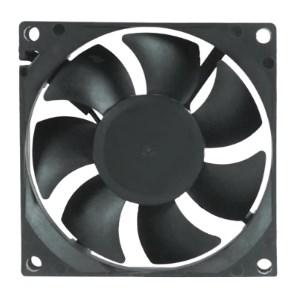EC axial fans, or electronically commutated axial fans, represent a significant advancement in airflow technology. By combining brushless DC motors with advanced electronic controls, these fans offer improved efficiency and performance compared to traditional AC fans.
One of the key benefits of EC axial fans is their energy efficiency. With the ability to adjust performance based on real-time cooling or ventilation requirements, they consume less energy, making them an ideal choice for both industrial and commercial applications. This efficiency translates into lower operational costs and a reduced carbon footprint, aligning with global sustainability goals.
In terms of design, EC axial fans are compact and versatile, allowing for easy integration into various systems, such as HVAC installations, refrigeration units, and industrial cooling systems. They are engineered for both high static pressure and large airflow, which means they can effectively handle the demands of different environments.
Another significant advantage is the reduced noise levels associated with EC axial fans. The advanced motor technology combined with optimized blade designs minimizes sound production, making them suitable for applications where noise reduction is essential, such as in residential buildings or quiet workspaces.
Moreover, maintenance is simplified with EC axial fans. Many models include features like self-diagnostics, which can help detect potential issues before they become significant problems. This proactive approach can lead to less downtime and increased system reliability.
In summary, EC axial fans are not just about moving air; they are about doing it more efficiently, quietly, and sustainably. By investing in these advanced fans, industries can benefit from lower energy costs while contributing to a greener environment.


